class: center, middle, inverse, title-slide # Moral understanding ## Week 10 - Moral Psychology --- # Week 10 This week, we will be discussing how understanding studying morality can inform political disagreement and bridge divides. .highlight-blue[In week 10:] - Why do conservatives and liberals disagree on so many moral issues? - **What is similar about the moral minds of liberals and conservatives?** - **Is it possible to compromise on political issues?** --- # .smaller[The group polarization effect] .footnote[Sunstein, Hastie, & Schkade (2007)] #### Method - Researchers collected two samples - Boulder, CO - mostly liberal - Colorado Springs, CO - mostly conservative - Participants first privately reported their views on three political topics --- # .smaller[The group polarization effect] .footnote[Sunstein, Hastie, & Schkade (2007)] #### Method .smaller-picture[]<br><br> .smaller2[ 1. The United States should sign an international agreement to reduce the greenhouse gases produced in this country that contribute to global warming. 2. When different applicants for the same job or educational opportunity are almost equal on relevant criteria, then the job or admission shuold be given to members of groups in society that have been discriminated against in the past. 3. Two adults of the same sex should be able to form a "civil union," which would entitle them to certain legal rights such as joint home ownership, or access to the other's retirement or medical benefits. ] --- # .smaller[The group polarization effect] .footnote[Sunstein, Hastie, & Schkade (2007)] #### Method - Participants next met with their group and each person explained their own personal opinions, trying to convince others that they should move closer to their opinion - The groups were relatively homogeneous; everyone held very similar views on each topic - After the discussion was over, participants privately rated their opinions again --- # .smaller[The group polarization effect] .footnote[Sunstein, Hastie, & Schkade (2007)] .left-column-black-text[ - Discussing political issues with people with similar views made overall average opinions more *extreme* ] .right-column-black-text[ <!-- --> ] --- # .smaller[The group polarization effect] Group discussion among people with similar views tends to lead to a more extreme position by group members .dq[Why do you think this is the case?] ??? Possible answers - * Discussion exposes us to more arguments supporting the issue * Shift in comparison group (you are above average at X, new comparison group but need to remain above average) * People like you believe this * You feel more certain that you are right because of consensus --- # .smaller[The group polarization effect] .br-sm[] <svg xmlns="http://www.w3.org/2000/svg" viewBox="0 0 448 512" class="rfa" style="height:100;fill:#3b5998;position:relative;"><path d="M400 32H48A48 48 0 0 0 0 80v352a48 48 0 0 0 48 48h137.25V327.69h-63V256h63v-54.64c0-62.15 37-96.48 93.67-96.48 27.14 0 55.52 4.84 55.52 4.84v61h-31.27c-30.81 0-40.42 19.12-40.42 38.73V256h68.78l-11 71.69h-57.78V480H400a48 48 0 0 0 48-48V80a48 48 0 0 0-48-48z"/></svg> <svg xmlns="http://www.w3.org/2000/svg" viewBox="0 0 448 512" class="rfa" style="height:100;fill:#1DA1F2;position:relative;"><path d="M400 32H48C21.5 32 0 53.5 0 80v352c0 26.5 21.5 48 48 48h352c26.5 0 48-21.5 48-48V80c0-26.5-21.5-48-48-48zm-48.9 158.8c.2 2.8.2 5.7.2 8.5 0 86.7-66 186.6-186.6 186.6-37.2 0-71.7-10.8-100.7-29.4 5.3.6 10.4.8 15.8.8 30.7 0 58.9-10.4 81.4-28-28.8-.6-53-19.5-61.3-45.5 10.1 1.5 19.2 1.5 29.6-1.2-30-6.1-52.5-32.5-52.5-64.4v-.8c8.7 4.9 18.9 7.9 29.6 8.3a65.447 65.447 0 0 1-29.2-54.6c0-12.2 3.2-23.4 8.9-33.1 32.3 39.8 80.8 65.8 135.2 68.6-9.3-44.5 24-80.6 64-80.6 18.9 0 35.9 7.9 47.9 20.7 14.8-2.8 29-8.3 41.6-15.8-4.9 15.2-15.2 28-28.8 36.1 13.2-1.4 26-5.1 37.8-10.2-8.9 13.1-20.1 24.7-32.9 34z"/></svg> <svg xmlns="http://www.w3.org/2000/svg" viewBox="0 0 448 512" class="rfa" style="height:100;fill:#34526f;position:relative;"><path d="M400 32H48C21.5 32 0 53.5 0 80v352c0 26.5 21.5 48 48 48h352c26.5 0 48-21.5 48-48V80c0-26.5-21.5-48-48-48zm-82.3 364.2c-8.5 9.1-31.2 19.8-60.9 19.8-75.5 0-91.9-55.5-91.9-87.9v-90h-29.7c-3.4 0-6.2-2.8-6.2-6.2v-42.5c0-4.5 2.8-8.5 7.1-10 38.8-13.7 50.9-47.5 52.7-73.2.5-6.9 4.1-10.2 10-10.2h44.3c3.4 0 6.2 2.8 6.2 6.2v72h51.9c3.4 0 6.2 2.8 6.2 6.2v51.1c0 3.4-2.8 6.2-6.2 6.2h-52.1V321c0 21.4 14.8 33.5 42.5 22.4 3-1.2 5.6-2 8-1.4 2.2.5 3.6 2.1 4.6 4.9l13.8 40.2c1 3.2 2 6.7-.3 9.1z"/></svg> <svg xmlns="http://www.w3.org/2000/svg" viewBox="0 0 448 512" class="rfa" style="height:100;fill:#c4302b;position:relative;"><path d="M186.8 202.1l95.2 54.1-95.2 54.1V202.1zM448 80v352c0 26.5-21.5 48-48 48H48c-26.5 0-48-21.5-48-48V80c0-26.5 21.5-48 48-48h352c26.5 0 48 21.5 48 48zm-42 176.3s0-59.6-7.6-88.2c-4.2-15.8-16.5-28.2-32.2-32.4C337.9 128 224 128 224 128s-113.9 0-142.2 7.7c-15.7 4.2-28 16.6-32.2 32.4-7.6 28.5-7.6 88.2-7.6 88.2s0 59.6 7.6 88.2c4.2 15.8 16.5 27.7 32.2 31.9C110.1 384 224 384 224 384s113.9 0 142.2-7.7c15.7-4.2 28-16.1 32.2-31.9 7.6-28.5 7.6-88.1 7.6-88.1z"/></svg> <svg xmlns="http://www.w3.org/2000/svg" viewBox="0 0 448 512" class="rfa" style="height:100;fill:#FF5700;position:relative;"><path d="M283.2 345.5c2.7 2.7 2.7 6.8 0 9.2-24.5 24.5-93.8 24.6-118.4 0-2.7-2.4-2.7-6.5 0-9.2 2.4-2.4 6.5-2.4 8.9 0 18.7 19.2 81 19.6 100.5 0 2.4-2.3 6.6-2.3 9 0zm-91.3-53.8c0-14.9-11.9-26.8-26.5-26.8-14.9 0-26.8 11.9-26.8 26.8 0 14.6 11.9 26.5 26.8 26.5 14.6 0 26.5-11.9 26.5-26.5zm90.7-26.8c-14.6 0-26.5 11.9-26.5 26.8 0 14.6 11.9 26.5 26.5 26.5 14.9 0 26.8-11.9 26.8-26.5 0-14.9-11.9-26.8-26.8-26.8zM448 80v352c0 26.5-21.5 48-48 48H48c-26.5 0-48-21.5-48-48V80c0-26.5 21.5-48 48-48h352c26.5 0 48 21.5 48 48zm-99.7 140.6c-10.1 0-19 4.2-25.6 10.7-24.1-16.7-56.5-27.4-92.5-28.6l18.7-84.2 59.5 13.4c0 14.6 11.9 26.5 26.5 26.5 14.9 0 26.8-12.2 26.8-26.8 0-14.6-11.9-26.8-26.8-26.8-10.4 0-19.3 6.2-23.8 14.9l-65.7-14.6c-3.3-.9-6.5 1.5-7.4 4.8l-20.5 92.8c-35.7 1.5-67.8 12.2-91.9 28.9-6.5-6.8-15.8-11-25.9-11-37.5 0-49.8 50.4-15.5 67.5-1.2 5.4-1.8 11-1.8 16.7 0 56.5 63.7 102.3 141.9 102.3 78.5 0 142.2-45.8 142.2-102.3 0-5.7-.6-11.6-2.1-17 33.6-17.2 21.2-67.2-16.1-67.2z"/></svg> <svg xmlns="http://www.w3.org/2000/svg" viewBox="0 0 448 512" class="rfa" style="height:100;fill:#010101;position:relative;"><path d="M448,209.91a210.06,210.06,0,0,1-122.77-39.25V349.38A162.55,162.55,0,1,1,185,188.31V278.2a74.62,74.62,0,1,0,52.23,71.18V0l88,0a121.18,121.18,0,0,0,1.86,22.17h0A122.18,122.18,0,0,0,381,102.39a121.43,121.43,0,0,0,67,20.14Z"/></svg> <svg xmlns="http://www.w3.org/2000/svg" viewBox="0 0 448 512" class="rfa" style="height:100;fill:#E1306C;position:relative;"><path d="M224,202.66A53.34,53.34,0,1,0,277.36,256,53.38,53.38,0,0,0,224,202.66Zm124.71-41a54,54,0,0,0-30.41-30.41c-21-8.29-71-6.43-94.3-6.43s-73.25-1.93-94.31,6.43a54,54,0,0,0-30.41,30.41c-8.28,21-6.43,71.05-6.43,94.33S91,329.26,99.32,350.33a54,54,0,0,0,30.41,30.41c21,8.29,71,6.43,94.31,6.43s73.24,1.93,94.3-6.43a54,54,0,0,0,30.41-30.41c8.35-21,6.43-71.05,6.43-94.33S357.1,182.74,348.75,161.67ZM224,338a82,82,0,1,1,82-82A81.9,81.9,0,0,1,224,338Zm85.38-148.3a19.14,19.14,0,1,1,19.13-19.14A19.1,19.1,0,0,1,309.42,189.74ZM400,32H48A48,48,0,0,0,0,80V432a48,48,0,0,0,48,48H400a48,48,0,0,0,48-48V80A48,48,0,0,0,400,32ZM382.88,322c-1.29,25.63-7.14,48.34-25.85,67s-41.4,24.63-67,25.85c-26.41,1.49-105.59,1.49-132,0-25.63-1.29-48.26-7.15-67-25.85s-24.63-41.42-25.85-67c-1.49-26.42-1.49-105.61,0-132,1.29-25.63,7.07-48.34,25.85-67s41.47-24.56,67-25.78c26.41-1.49,105.59-1.49,132,0,25.63,1.29,48.33,7.15,67,25.85s24.63,41.42,25.85,67.05C384.37,216.44,384.37,295.56,382.88,322Z"/></svg> .dq[.smaller[What features are embedded into these platforms that may make views on political/ moral issues more polarizing?]] ??? -Friending/ following -Algorithms/ suggestions -Very easy to only see people you agree with --- #Political polarization .pull-left[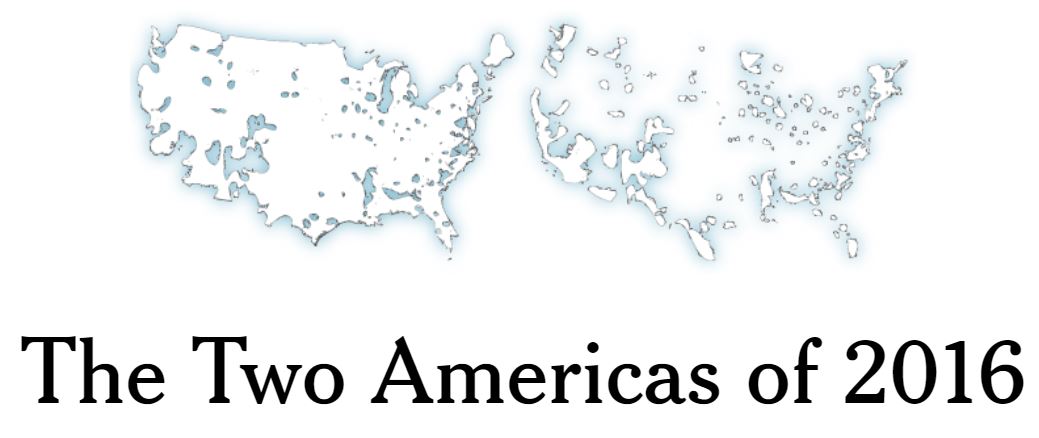] .pull-right[] .pull-left[] .pull-right[] ??? Here is the state of our country - two sides that disagree strongly and don't seem to hear or understand each other. It's leading to violence and instability --- # US political polarization .footnote[Pew Research Center (2017)] 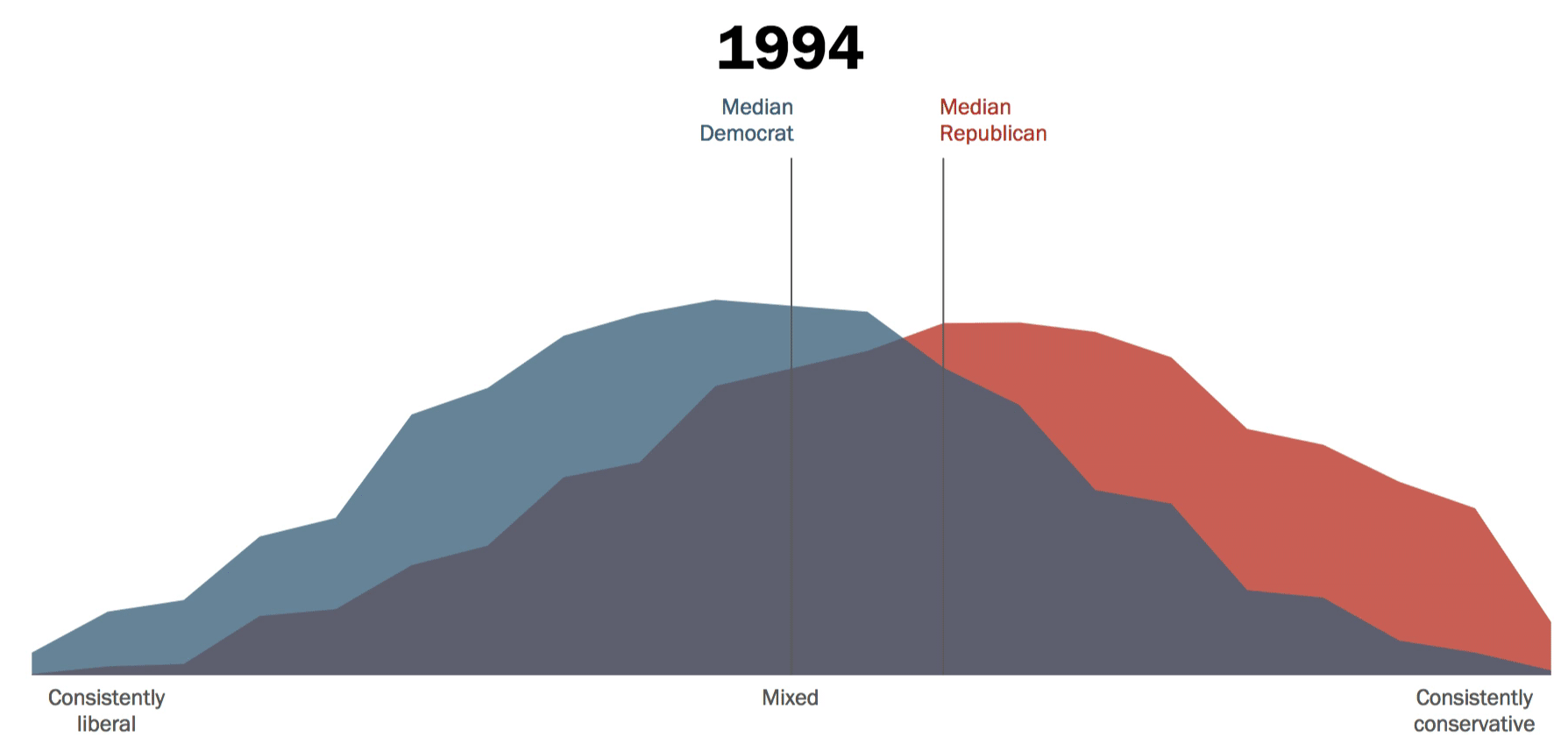 We are more divided than ever in ideological beliefs --- # Moral differences .footnote[Graham, Haidt, & Nosek (2009)] .pull-left[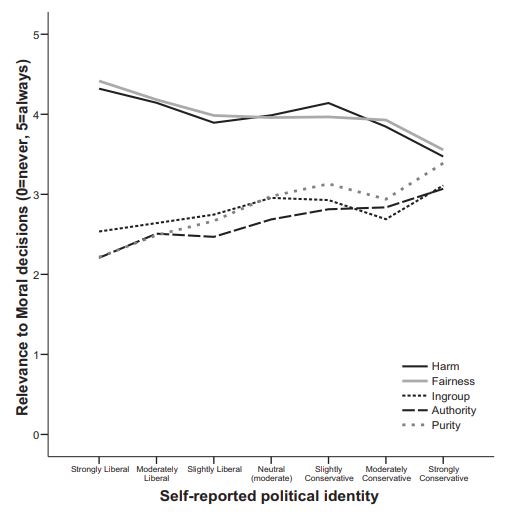] .pull-right[ We disagree even about how we should determine if something is right or wrong (liberals tend to dismiss concerns of loyalty, authority, and purity)] --- # Moral convinctions .footnote[Skitka (2021)] We have different *moral convictions*, which have the following properties - Perceived Objectivity and Universality - Authority and Peer Independence - Ends Justify the Means Thinking - Intolerance and Unwillingness to Compromise - Political Participation - Emotional --- # Confirmation Bias .footnote[Frimera, Skitka, & Motyl (2017)] .pull-right[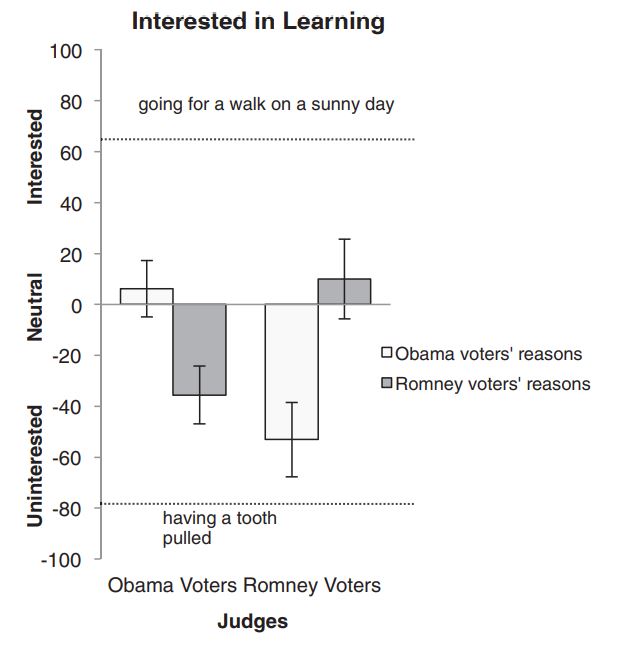] .pull-left[ .smaller[- “How interested are you in each of these activities?” -100 = very uninterested to 100 = very interested - Having a tooth pulled (-78) - Hearing from a typical [Obama/ Romney] voter about why they voted for [Obama/Romney] - Going for a walk on a sunny day (+64)]] ??? We don't want to listen to the other side Romney supporters were slightly more motivated to not hear from Obama supporters compared to the vice versa --- # Political polarization #### Summary - There are two "Americas" who do not fundamentally understand each other and do not want to hear from each other - Each group has strong, opposing moral convictions - They believe that their beliefs should be universal - They are intolerant of the other group and unwilling to compromise - Their beliefs are independent of peers and the law - They believe that the ends justify the means <center> *How do we fix this?* ??? - There are big problems that we need to work on together (e.g., climate change, healthcare, immigration, diseases like COVID19...) -- --- # Political polarization #### Possible ways to increase moral understanding - Moral reframing - The theory of dyadic morality - Personal experiences --- # Moral reframing **Moral reframing**: a persuasion technique where one frames an issue in a different way so that it is consistent with the target's moral values .pull-left[.tiny-picture[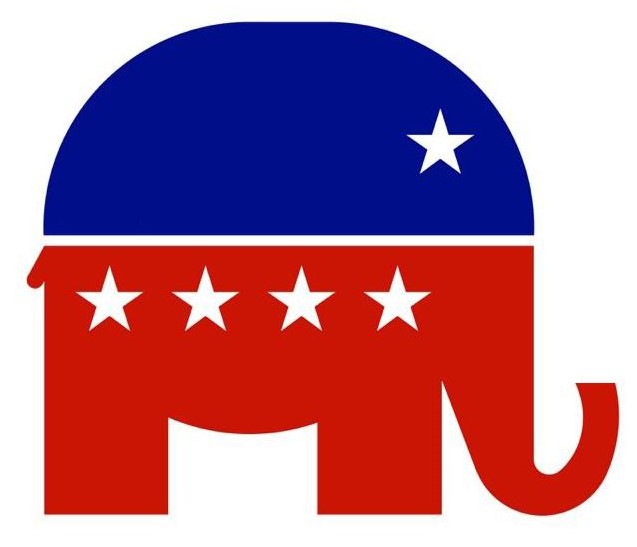] **Conservative frame**<br>It is patriotic to social distance and wear a mask] .pull-right[.tiny-picture[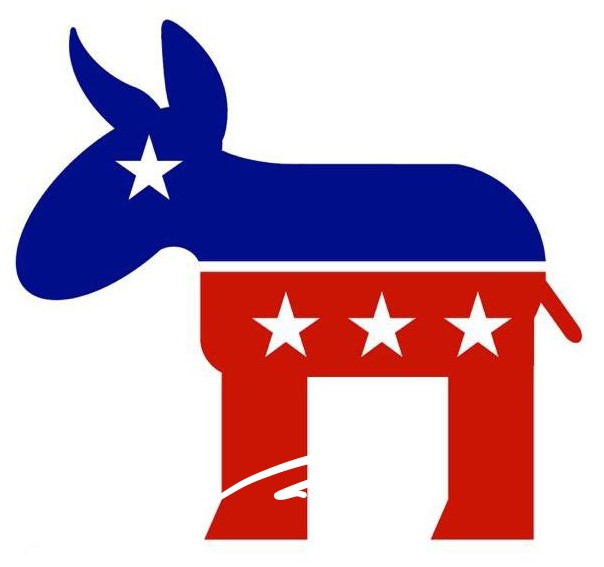] **Liberal frame**<br>We must social distance and wear a mask to protect the vulnerable elderly] --- # Moral reframing .footnote[Feinberg & Willer (2013)] .left-column-big[####Environment .smallish[- Participants were randomly assigned to see an environmental message that was framed in care/harm, purity/sanctity, or neutral - **Harm**: Humans are causing harm and destruction to the environment; it's important that people instead care for it - **Purity**: The earth has become polluted/ contaminated and it is important for people to clean and purify it - **Neutral**: An apolitical message (the history of neckties)]] .right-column-small[<center>Harm  <br><br> Purity  ] --- # Moral reframing .footnote[Feinberg & Willer (2013)] .left-column-med[ #### Environment .smaller[- After the persuasive message, participants indicated their attitudes towards the environment, e.g., “It is important to protect the environment” - Liberals always endorsed pro-environental attitudes - Conservatives endorsed pro-environmental attitudes when they were framed with a purity appeal] ] .right-column-med[ 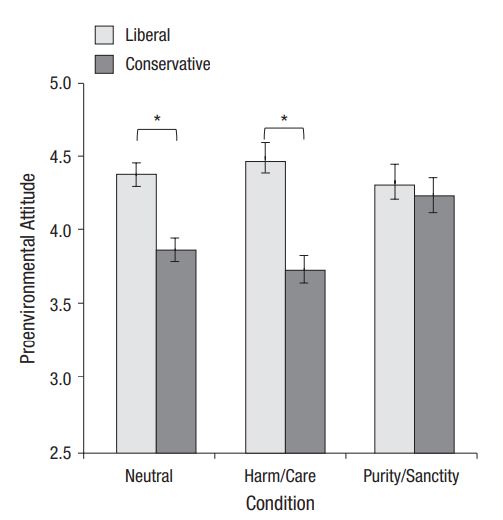] --- # Moral reframing .footnote[Feinberg & Willer (2015)] .pull-left[ ####Affordable Care Act .smaller2[ - **Fairness frame**: "In its current state healthcare in the U.S. is inherently unfair and unjust. We need reform to ensure that everyone, not just the rich and the fortunate, has access to the doctors and the medicine they need. " - **Purity frame**: "The absence of universal healthcare in the United States practically ensures that we will have unclean, infected, and diseased Americans walking among us."]] .pull-right[ 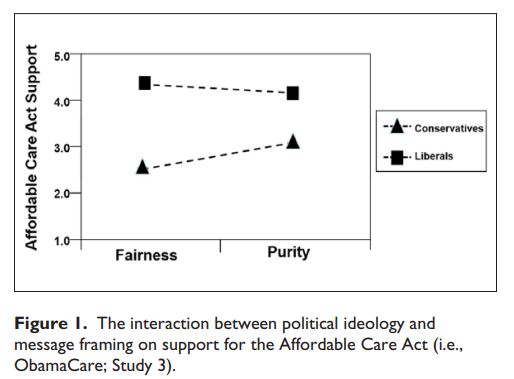] --- # Moral reframing .footnote[Feinberg & Willer (2015)] .pull-left[ #### Military spending .smaller2[ - **Fairness**: "Recently people have suggested cutting military funding. Such cuts will limit the military’s ability to offer equal opportunity to minorities and the poor" - **Loyalty**: "We must take pride in our military. It makes no sense to cut funding to what makes us the greatest superpower the world has ever seen"] ] .pull-right[ 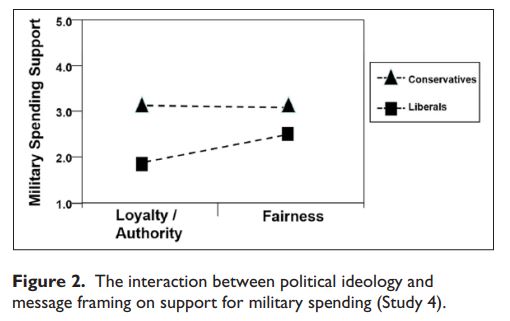] --- # Moral reframing .footnote[Feinberg & Willer (2015)] .pull-left[ #### Same-sex marriage .smaller2[ - **Loyalty**: "Although gay couples in America have different sexual preferences, they are still proud Americans like you and me... contribut[ing] just as much to the economy [and] mak[ing] up a large portion of our nation’s military. " - **Fairness**: "Preventing marriage among homosexuals is a direct form of discrimination. The law requires that all citizens be treated equally and have the same opportunity to pursue happiness."] ] .pull-right[ 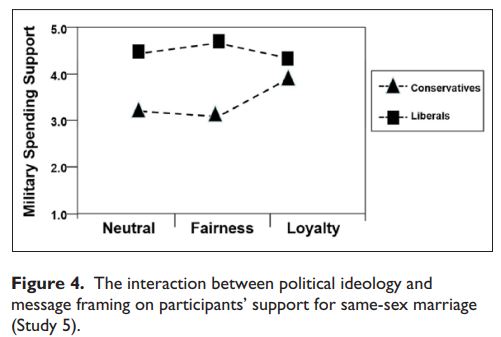] --- # Activity **Instructions**: For these issues, reframe one position so that it would persuade the other side (e.g., to convince a democrat to build a wall) .pull-left[.tiny-picture-center[]<br><br><center> Pro-life Build a wall Right to bear arms ] .pull-right[.tiny-picture-center[]<br><br><center> Pro-choice Expand paths to citizenship Reform gun laws ] --- # Moral reframing #### Discussion question > Moral reframing appears to be pretty successful in getting individuals to agree on political issues. Why do you think it is rarely used by politicians? ??? - They may not realize it will work - It might feel unethical or inauthentic - They don't know how to, e.g., they may not understand the morals of the other side - It may feel like betrayal to your group to talk in someone else's morals --- # .smaller[The theory of dyadic morality] .footnote[Gray, Waytz, & Young (2012)] <center> Acts that cause harm to a defenseless victim are the prototypical moral violation, the most accessible moral violation --- # .smaller[The theory of dyadic morality] .footnote[Gray, Waytz, & Young (2012)] <center> This causes agent/patient to become a cognitive template for a moral violation --- # .smaller[The theory of dyadic morality] .footnote[Gray, Waytz, & Young (2012)] <center> </center> The immoral agent/patient cognitive template can sometimes lead individuals to perceive a victim that others do not see --- # .smaller[The theory of dyadic morality] .footnote[Schein & Gray (2015)] - Liberals and conservatives do not have different moral minds (like MFT suggests); they share a harm-based template of morality - When a person perceives an agent harming a victim, they condemn the act - The disagreements lie in if harm is occurring --- # Activity > **Instructions**: List an act that is morally wrong. Write down whatever comes to your mind first. --- # .smaller[The theory of dyadic morality] .footnote[Schein & Gray (2015)] .pull-left[<center>.smaller[ **Morally wrong acts** Murder 44% Stealing 17% Adultery 11% Abuse 7% Cheating 5% Rape 4% Lying 2%]] --- # .smaller[The theory of dyadic morality] .footnote[Schein & Gray (2015)] .pull-left[<center> .smaller[ **Morally wrong acts** Murder 44% Stealing 17% Adultery 11% Abuse 7% Cheating 5% Rape 4% Lying 2%]] .pull-right[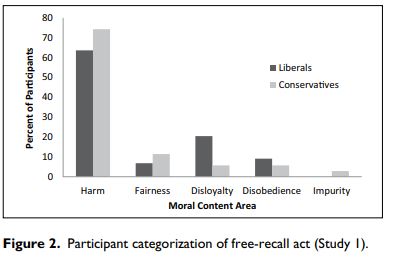 - The large majority of acts that were recalled were self-categorized as "harmful" over unfair, disobediant, disloyal, or gross] ??? Participants labeled their act, as mostly harmful, unfair, disloyal, disobedient, or gross --- # .smaller[The theory of dyadic morality] .footnote[Schein & Gray (2015)] .pull-left[ **Harm and immorality** - Participants rated 40 words on whether the act was harmful/ not harmful and whether the act was immoral/ not immoral ] .pull-right[<center> **Example words** Bullying Lying Cheating Rape Kidnap Bribery Gossip ] --- # .smaller[The theory of dyadic morality] .footnote[Schein & Gray (2015)] .pull-left[ **Harm and immorality** - Participants rated 40 words on whether the act was harmful/ not harmful and whether the act was immoral/ not immoral - When a person quickly perceived harm, they also quickly categorized the act as immoral ] .pull-right[ 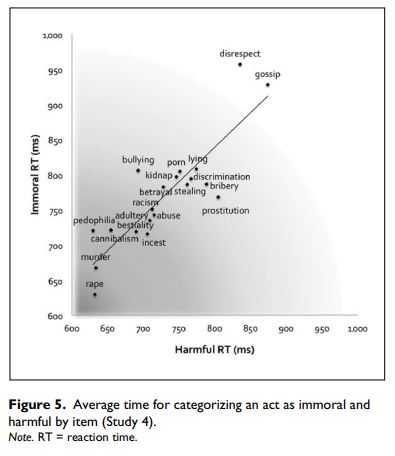] --- # .smaller[The theory of dyadic morality] .footnote[Schein & Gray (2015)] .pull-left[ **Harm and immorality** - The relationship between harm and immorality was the same for liberals and conservatives] .pull-right[ 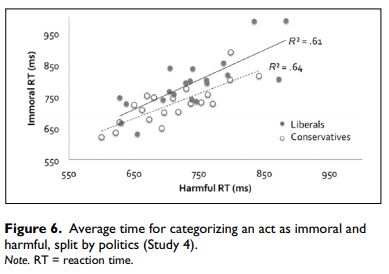] --- # .smaller[The theory of dyadic morality] .footnote[Schein & Gray (2015)] #### Discussion - There are no underlying cognitive differences between conservatives and liberals; instead, there are differences in beliefs about what causes harm - Atheists may not believe that purity violations are immoral because they may not believe that one has a soul to be damaged - Those who support drastic environmental reform may not see the harm it will cause certain individuals in rural areas (e.g., job loss) --- # .smaller[The theory of dyadic morality] .footnote[Schein & Gray (2015)] #### Discussion > " If people all speak the same moral “language” of harm, we should be able to translate moral issues across partisan divides. More specifically, by granting legitimacy to our political opponent’s perceptions of harm, we may be more accepting of their views and more willing to engage in discussion." --- # Activity **Instructions**: For these issues, think of how these differences may be caused by differences in beliefs what causes harm/ who the victim is .pull-left[.tiny-picture-center[]<br><br><center> Pro-life Build a wall Right to bear arms ] .pull-right[.tiny-picture-center[]<br><br><center> Pro-choice Expand paths to citizenship Reform gun laws ] --- # Personal experiences .footnote[Kubin et al. (2021)] #### Respect as a goal of moral understanding - Working together to solve big problems requires more than just an ability to persuade each other, or a method for finding common ground - Instead of persuasion, a goal may be to *respect* each other's moral differences --- # Personal experiences .footnote[Kubin et al. (2021)] .pull-left[Free response question: "Imagine someone disagrees with you on moral issues. What would make you respect their opinion?" ] .pull-right[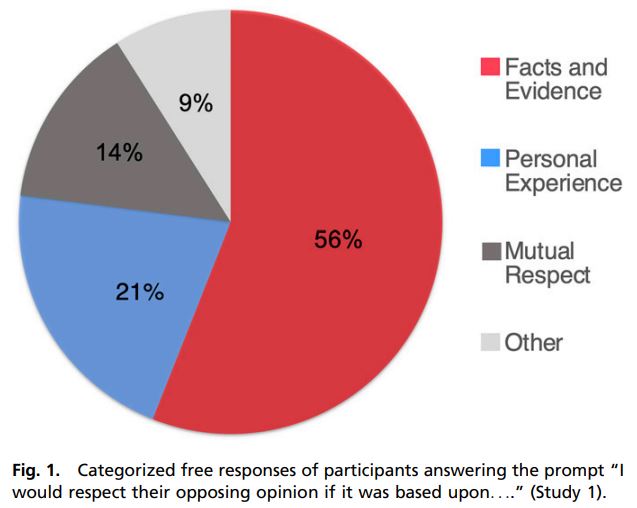] --- # Personal experiences .footnote[Kubin et al. (2021)] .pull-left[Free response question: "Imagine someone disagrees with you on moral issues. What would make you respect their opinion?" - Individuals believe that facts and evidence would garner respect - They are wrong... ] .pull-right[] --- # Personal experiences .footnote[Kubin et al. (2021)] .pull-left[#### Method .smallish[ - Gave participants either a real world gun-related personal experience or a real gun policy statistic (e.g., "murder rates were 19.3% higher when the Federal assault weapon ban was in effect") to justify a position - Providing a personal experience fostered more respect than giving facts, even when the personal experience was low in harm]] .pull-right[ 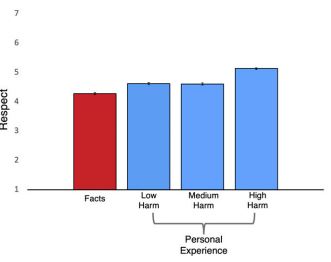] ??? Also, people were more willing to interact with people who gave a high harm personal experience as a reason for their position, over someone who gave facts --- # Personal experiences .footnote[Kubin et al. (2021)] .pull-left[#### Results .smaller[- For moral matters, individuals did not trust facts when they disagreed with their moral values, *but they did trust experiences that disagreed with their moral values* - Because people doubt facts that support a different moral position than theirs, facts do not lead to respect ] ] .pull-right[ 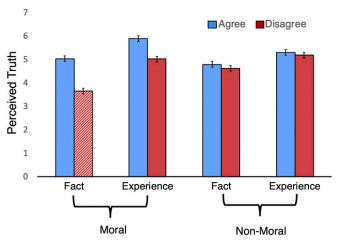] --- # Activity **Instructions**: For these issues, think of a personal experience that may garner respect from a person of the opposing political party .pull-left[.tiny-picture-center[]<br><br><center> Pro-life Build a wall Right to bear arms ] .pull-right[.tiny-picture-center[]<br><br><center> Pro-choice Expand paths to citizenship Reform gun laws ] --- # Summary .smaller[ - Talking with people who hold similar values to our own make our values more extreme - There are a few ways we may be able to better understand and work with people who have moralities that are different from our own - *Moral reframing* allows us to persuade others of our position, even when they have different moral intuitions - The theory of dyadic morality suggests that we may be better able to understand each other when we understand that *others may perceive harm where we do not* - *Personal experiences* may be more useful tools than facts when talking to those we disagree with on moral issues] .highlight-blue[Due Sunday:] Quiz 3